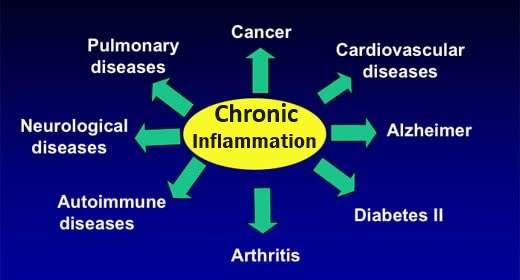GSE
Pharmaceutical companies report misleading RELATIVE, not ABSOLUTE (real) risk reduction percentages
Pharmaceutical companies report misleading RELATIVE, not ABSOLUTE
(real) risk reduction percentages
Relative risk reduction figures do not consider the number of people
in the study
When claiming a study's risk-reduction results in
favor of their drug, pharmaceutical companies usually claim
RELATIVE risk percentages,
which do not consider the number of subjects in the test groups.
Reporting RELATIVE ris k
reduction percentages, not ABSOLUTE (REAL) risk
reduction percentages fits the old
British adage . . . "There are LIES, BLOODY LIES
and STATISTICS!". To know the REAL risk
reduction and effectiveness of a drug, you need to know the "Number needed
to treat" (NNT). Drug manufacturers rely on the premise that statistics is
a daunting subject for many people, including busy medical professionals who only
have time to read a study's summary.
Number Needed to Treat (NNT)
answers the question:
"In a clinical trial, how many people have to take
a particular drug compared to those taking placebo to avoid one incidence of a specific
medical issue?"
( NNT is treatment time specific. Studies of different duration
are not comparable)
The pharmaceutical companies would rather you remained ignorant of the
NNT, since it enables you to see that their results are nowhere near as impressive
as they would have you believe.
An example of RELATIVE vs. ABSOLUTE risk-reduction Based on the following study, Pfizer claims says that taking their drug
Lipitor™ can decrease the chance of having a heart attack by 36%:
The Anglo-Scandinavian Cardiac Outcomes Trial lipid lowering arm: extended observations
2 years after trial closure
The study claimed an impressive 36% RELATIVE-risk reduction
in heart attacks in a double-blind drug trial for people with multiple risk factors
for heart disease who took atorvastatin ( Lipitor™ )
for 3.3 years. The number of people enrolled in that
trial was 10,305:
158 out of 5137 people (3.1% i.e 3.1 out of
100) taking placebo had a heart attack;
104 out of 5168 people (2.0% i.e. 2 out
of 100) taking atorvastatin had a heart attack;
In other words, according to this study, if you have a bunch of risk factors
for heart disease and your doctor prescribes you Lipitor™ your chances of
having a heart attack in the next 3.3 years are 2 out of 100. If you don't take
Lipitor™, your chances of having a heart attack in the next 3.3 years are
3.1 out of 100). So in real risk terms, this is a REAL reduction of ~1%
(i.e. 3.1% compared to 2%) - not really that impressive is it? The NNT is
100, meaning 100 people need to take Lipitor™
for 3.3 years to prevent 1 heart attack.
So where does the impressive 36% risk reduction figure
come from? ---- 3.1% of patients taking
a placebo had a heart attack compared to 2% of patients taking Lipitor RELATIVE risk reduction
(comparing these two percentages) of about 36%, calculated as:
(3.1 - 2.0) / 3.1 x
100 = 35.4%
The same study claims a RELATIVE risk reduction of 22%
in fatal and non-fatal strokes. Whereas
the REAL / ABSOLUTE risk reduction is a mere 0.6%!
General NNT values for statin drugs w/treatment time 5 years
GROUP
NON-fatal Heart Attack
Death from any Cause
People who had a previous heart attack
*
NNT=~20
*
NNT=~48
People who have risk factors for heart disease **
NNT=70-250, depending on # of risk factors
NNT=500+ In actual clinical
trials, there was no significant reduction in deaths or serious events,
so a precise NNT is unavailable. Regardless, NNT>100 is pretty much irrelevant
*
For people who had a previous heart attack
- one person out of
~20 people treated
for 5 years could prevent a NON-fatal
heart attack, and the death of one
person due to any cause could be
prevented out of ~48 people treated
** People who have risk factors for heart disease
- one
person out of between 70 and
250 people (depending on how many risk factors they have) could
prevent one NON-fatal
heart attack, and the death of
one person
due to any cause could be prevented
out of ~500 or more people treated
(i.e. has an insignificant effect).

